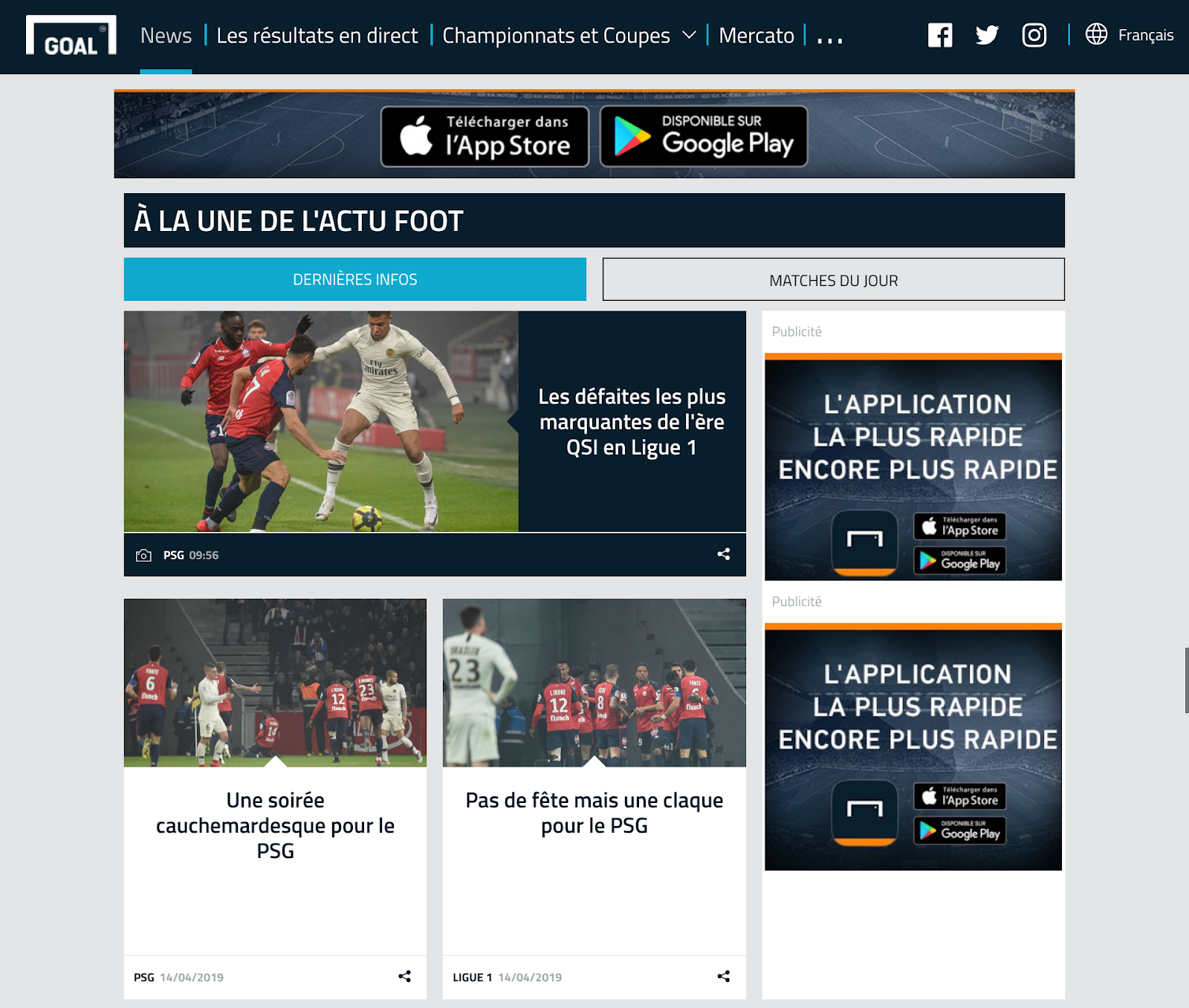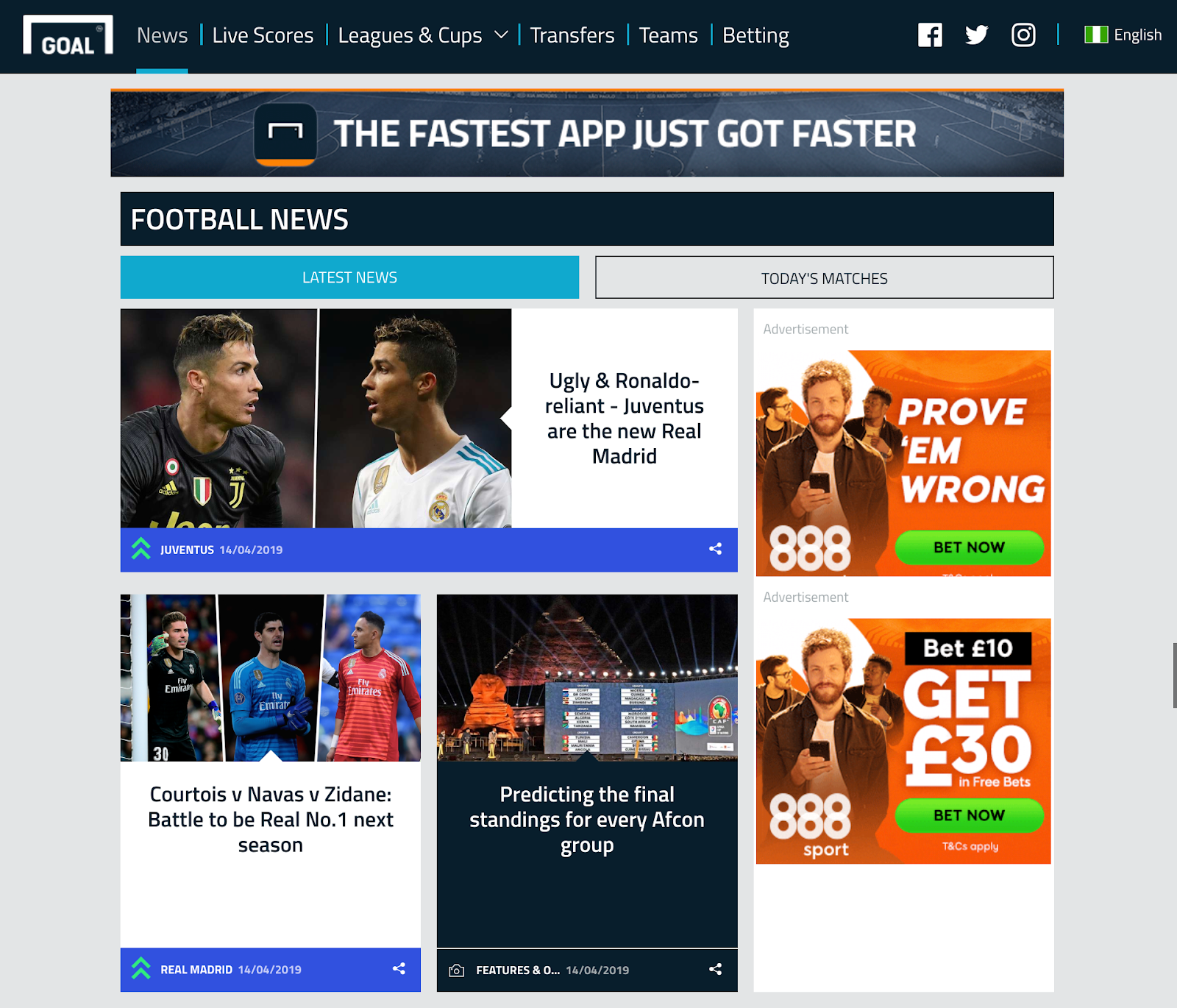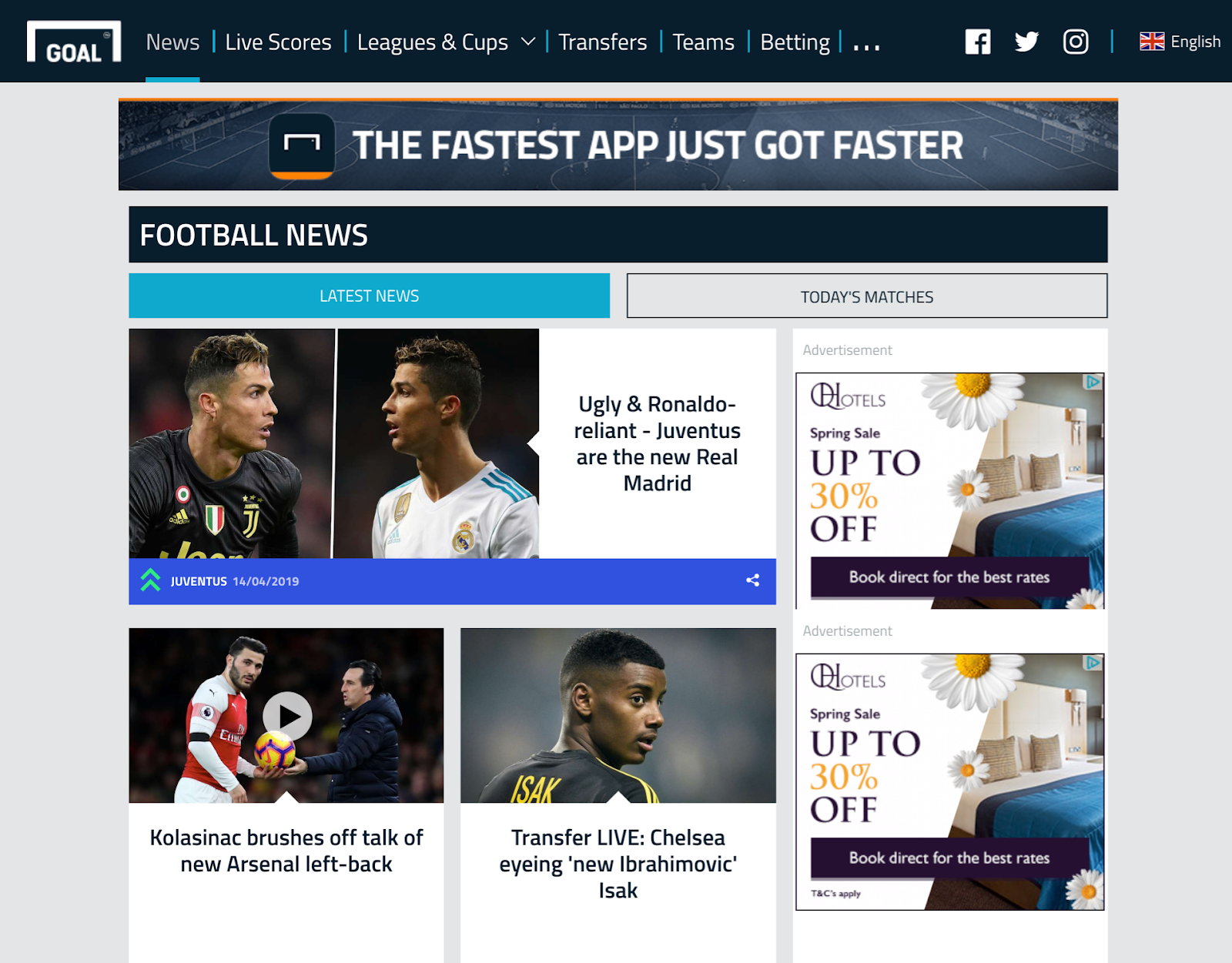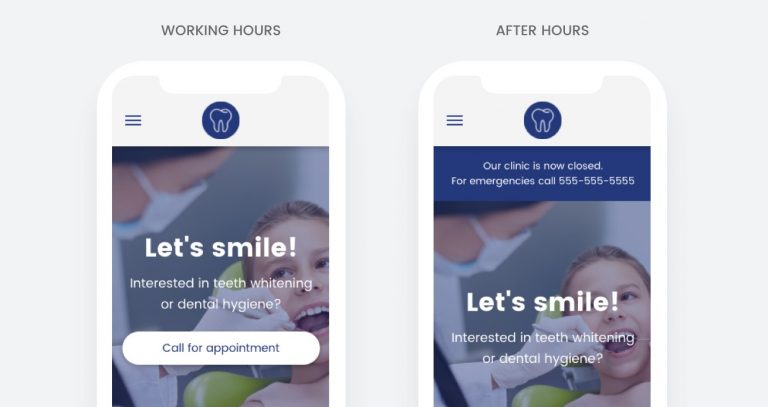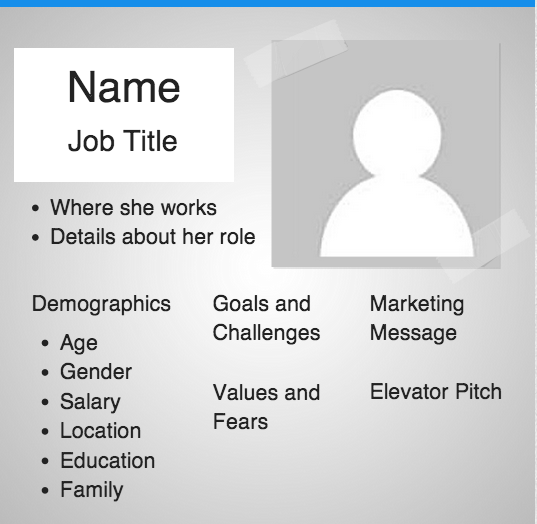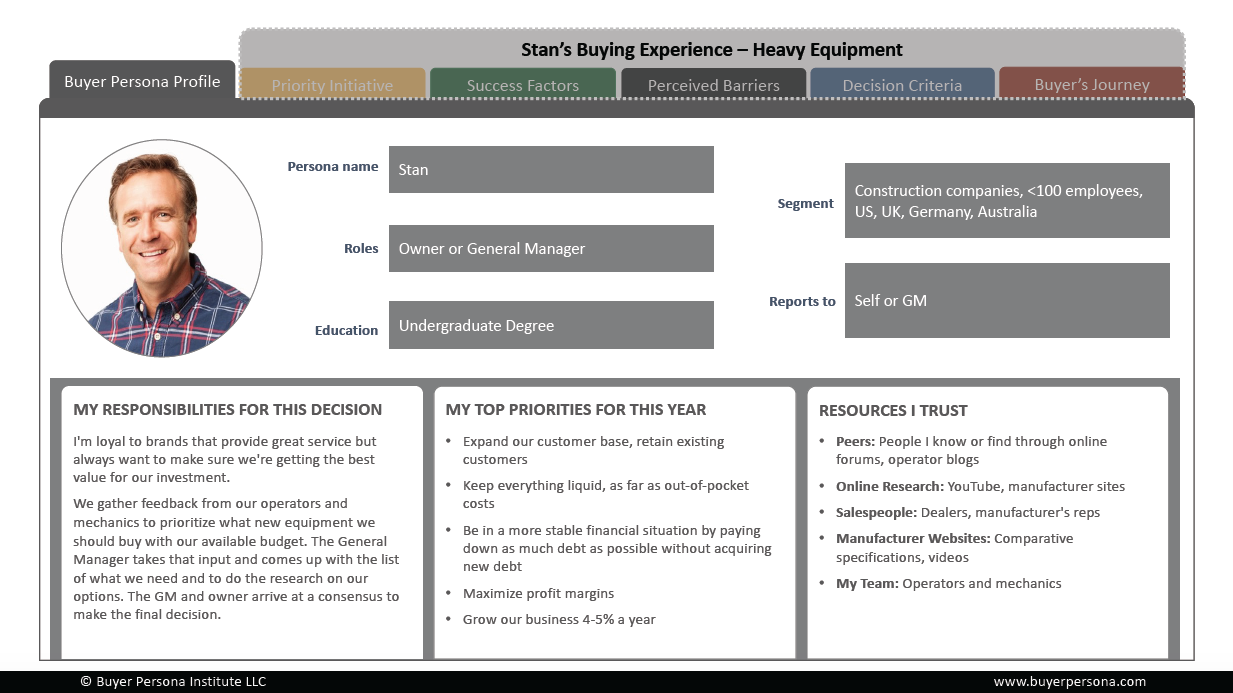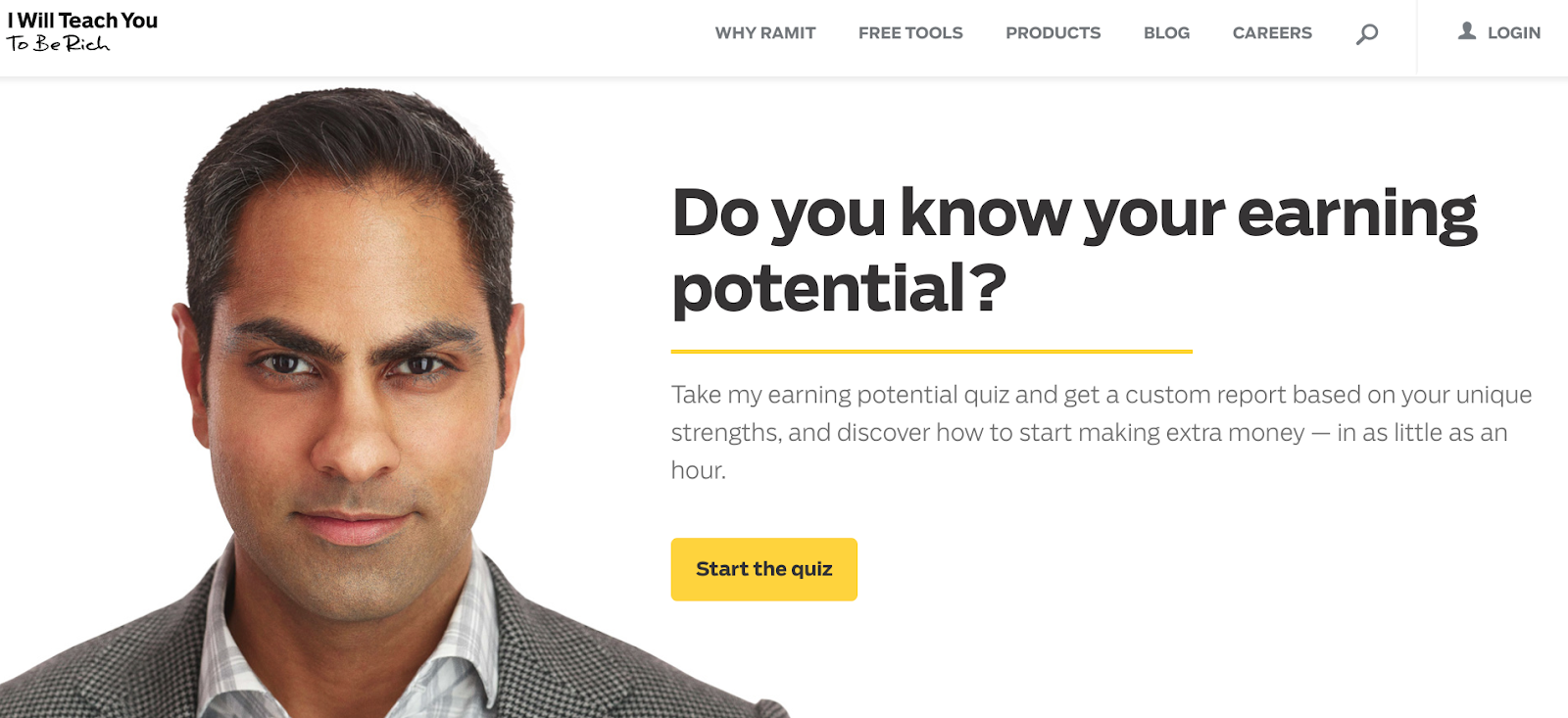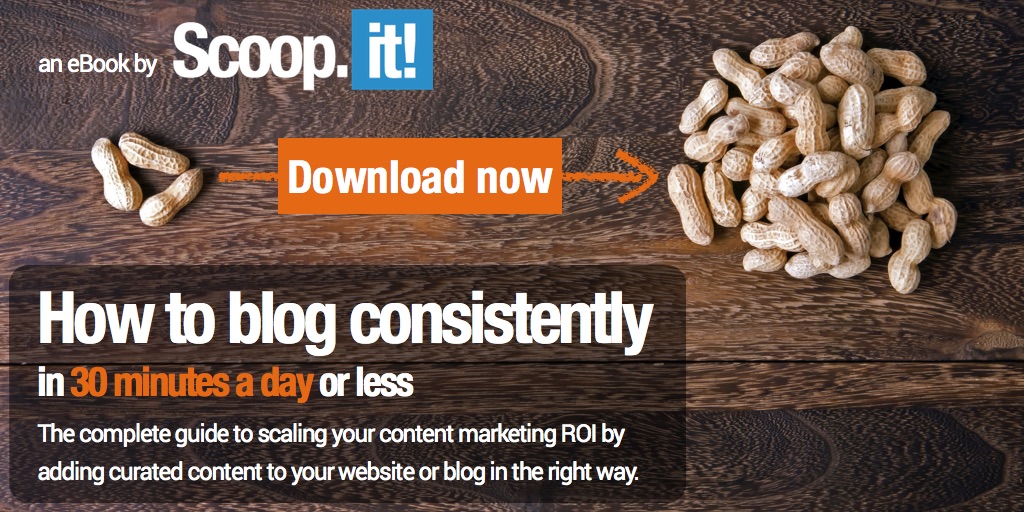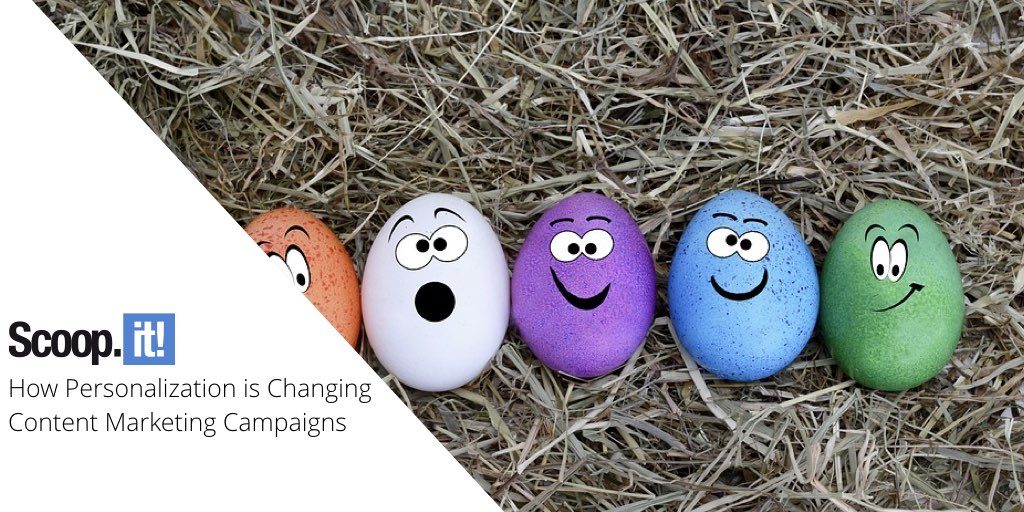
Personalization can be defined in ways that suit your needs or supports your biases. In digital marketing, that may solely depend on your specialization. For example, we can define personalization for e-commerce, PPC, demand generation, and email.
But generally, personalization means using customer insights including but not limited to their behavioral pattern or demographic information to increase the relevance of our content. When done well, personalization gives the feeling that you’re speaking directly with a particular consumer or groups of consumers at a particular time. Why should you bother with personalization anyway?
- A study by HubSpot shows that personalized CTAs converted 202 percent better than default versions.
- A Deloitte study found that apart from just basic personalization, 36 percent of consumers expect personalized products or services.
- 88 percent of marketers in a survey by Evergage said personalization has helped them realize better business results and 61 percent say personalization has helped them achieve superior customer experience.
I can keep reeling out these numbers endlessly. But it will do little or nothing for you if you don’t know how all of this personalization stuff works. Let’s go into that next.
Ways personalization is changing content marketing campaigns
Using segments
Some marketers tend to use segmentation interchangeably with personalization itself. But while segmentation is a part of personalization, true personalization involves much more than using segments.
Typically though, content segmentation involves designing, writing, and organizing content on your website to appeal to predetermined segments. Using segments in your content marketing allows you to serve different types of content to people based on factors like their current time, their location, and general behavior. For example, this is what Goal.com, a popular sports website looks like when you’re visiting from France.
Here’s what it looks like if you’re visiting from Nigeria.
And here’s what it looks like if you’re visiting from the UK.
You can see that the content is tailored to each of those regions. With the French version you’re served content in French and you can see it highlights the French league more.
There’s an option to switch to English if that’s your preferred language option. This translation is via Google translate and isn’t always accurate but it is ultimately better than nothing.
Granted, you may not have the resources to hire a multilingual content marketing team, but there are other subtle ways you can use segments to offer personalized content. Here’s another example from Duda, a website design platform for agencies. In this example, the site is set up to segment visitors according to time of day, so that the most relevant call-to-action appears.
When visiting the dental clinic’s “Contact Us” page during the day, you can call for an appointment immediately. But if it’s after work hours, you’ll be told they’re closed and you’ll get a form to set up an appointment. Duda’s tools include options for setting up dynamic personalization based on time of the day, year, geo-location, past browsing patterns, campaign URL and other factors.
The possibilities here are endless. But after reading this, I’m sure you’ll get some concrete ideas for your own web properties.
Creating Personas
Anyone who has been in the content marketing world longer than a day has likely heard the term persona. For the purpose of this piece, a persona is a general fictional character that a marketer creates based on data they have about their customer’s needs, lifestyle, goals, and behavior. Personas are often broad, but if a marketer’s data is accurate, a persona will often represent the majority of your audience, customers, and potential customers.
Here’s a sample persona template that gives you an idea of what you should include in your persona.
And here’s an example of a real persona.
The beauty of personas is that while it is general and broad, you’re not limited to just one type and you can create as many as you want. For example, let’s say you have a product or service for marketing managers, business executives, and freelancers. The personas you’ll create for these three groups will be different, and that will shape the type of content you’ll create.
The freelancer may know you have a product or service they need, but they may view it as too expensive and they’re hesitant to buy because they’re not sure it’s worth the price. You can create content to show why your product is worth the extra money and even show how it stacks up against your competitors. The last part especially applies if you’re sure you have a stellar product.
Do the same with other personas by creating content to address their specific needs and interests. This way, you’ll never run out of content ideas to fill up your calendar, and you’ll keep all personas engaged with your brand and drive them towards conversion. And by understanding who your top audience members are, you’re in the best possible position to set up personalization triggers that correspond to the signals that each persona’s browsing patterns reveal.
Mapping the customer’s journey
The customer journey is a series of steps or processes a customer undergoes in their interaction with your company before they become long-term paying customers.
Mapping these series of steps can help you discover a pattern which you can easily use as a reference in your company. Here’s the fun part: gone are the days when the customer journey could probably be represented in a linear path–a straight X to Y experience. These days, such maps may generally look like a hot mess especially if depicted visually.
Here’s what a sample customer journey map template looks like.
Mapping your customer journey helps you to understand what parts of your website they’re spending time on and what types of content appeal to them. This helps you create the right types of content to attract more potential customers and prospects.
While the process is called mapping, you don’t always need to create a literal map. Some marketers use Excel Spreadsheets or Sheets by Google for their maps, and others create infographics of the process, while others use charts. Choose a format that works best for your team.
There’s no guesswork involved in creating a customer journey map. You’ll need to ask your customers what the process has been like for them – from their initial contact with your brand to their point-of-purchase.
Mapping your customer journey will ultimately enable you to create a customer-focused business – and to build out more effective personalization rules and triggers. You’ll focus more on serving your customers better and ensuring they always have what they need in terms of the right content, the right product, and the right customer experience. And if you know that people who have viewed certain marketing assets, for example, are approaching sales-readiness, then you’re able to serve up personalized recommendations for what to do next that are optimized for journey stage fit.
Serving individuals
I like to think that all of the personalization tactics mentioned above deal with serving individuals.
For example, if you visit the sports website I mentioned earlier, you’ll automatically see content different from someone else’s because of your geographic location. Similarly, if I’m visiting some sites for the first time, like Ramit Sethi’s I Will Teach You to Be Rich, there’s a quiz on the homepage which promises a free report based on my answers in the quiz. Thereafter, all the content I’ll get is tailored to the quiz’s report.
If a business knows that most of its customers come from Facebook, live in Germany, and works at a marketing agency, they’ll also likely target their Facebook ads towards that demographic. These tactics are all wonderful, but individualization is a notch ahead.
Individualization allows you to serve content to website users in real-time based on their on-site behavior using artificial intelligence. And here, while it is still a growing segment, the possibilities are potentially endless.
For example, a visitor to your site can get a retargeted ad after they leave your site. If and when they click on the ad and come back to your site, they will be recognized as the same unique person who visited earlier.
Consider another example of a SaaS web-based app. A customer action that occurs in the mobile app will trigger an event in the web app or vice versa.
The thing is, individualization doesn’t completely replace any of the personalization tactics mentioned above. They have their place, and individualization only adds value to them, which is why I included all tactics here.
Use all of them, in alternating combinations to achieve your business’ personalization goals.
Curating content
Curating content is sometimes an underrated or overlooked personalization trick. This is often because while it is a popular tactic, few people get it right and they make mistakes common to many curators. These include using a wrong strategy, choosing the wrong curation tools, and not giving it enough time to yield results.
What makes content curation special is that while you’re not the creator of the content you’re sharing, you’ll add your own ideas which will likely resonate with your audience. And since you’re in charge, you can choose select days to curate different types of content that appeal to different members of your audience.
For example if you’re in the digital marketing niche and you create content on different digital marketing topics, you can choose different days for different facets of digital marketing. So you may say, Mondays are for SEO topics, Wednesdays are for conversion rate optimization (CRO) topics, and Fridays are for email marketing topics. It’s crude, but you get the point. On days for each content topic, specific members of your audience will feel you’re talking directly to them with the content you curate.
Content curation in this manner reaches the heart of your audience and serves them better as individuals, not just the whole.
Conclusion
Personalization can help you see results with your content marketing faster. It helps you leverage different strategies to serve better content to your audience across the web, email, mobile app, and other channels. Use it.

